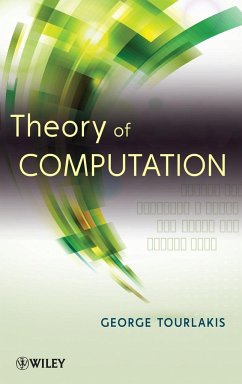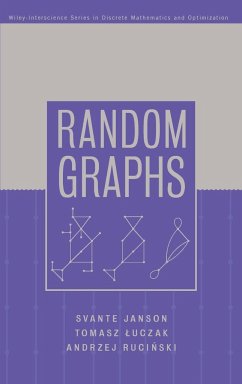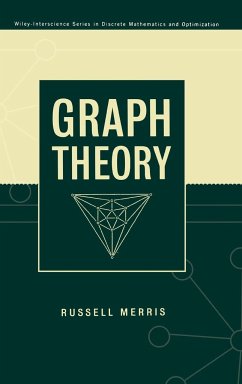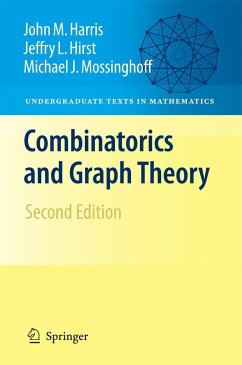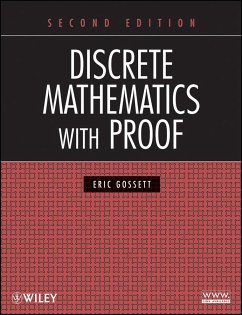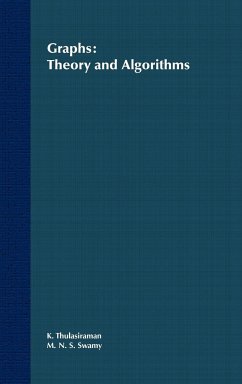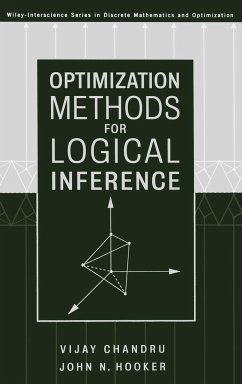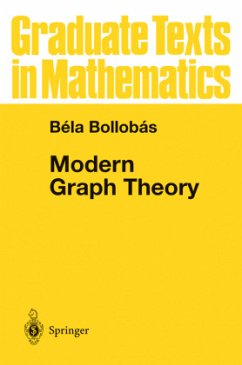Nicht lieferbar
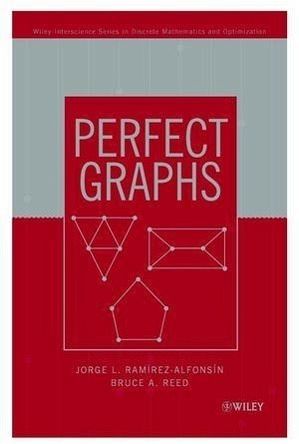
Perfect Graphs
Versandkostenfrei!
Nicht lieferbar
Ein moderner Ansatz zur Diskussion der neuesten Entwicklungen der idealen Graphentheorie! Gestützt auf die wichtigsten Originalarbeiten erläutert der Autor gegenwärtige Forschungsaufgaben und die Verknüpfung zwischen idealen Graphen und anderen Gebieten der Mathematik. Dabei führt er auch fachübergreifende Beispiele an, u.a. die Anwendung idealer Graphen zur Frequenzzuordnung in der Nachrichtentechnik oder die semidefinite Programmierung. Nicht nur für Mathematiker, sondern auch für Informatiker und Kommunikationswissenschaftler interessant!




